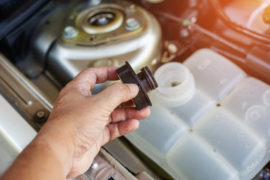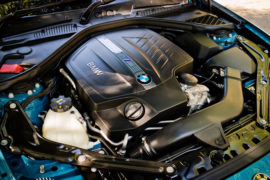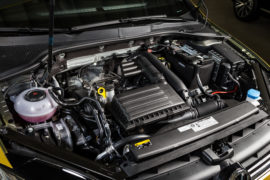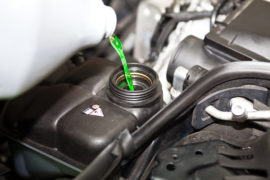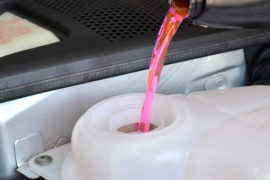Draining the cooling system
Draining the cooling system
Replacing used engine coolant is important. That’s why there are machines dedicated to this purpose. These are draining stations for any kind of cooling system currently like Flash Cooling®.
A DRAINING STATION FOR COOLING CIRCUIT
What is a drain, bleed and fill station for a cooling system? It’s simple, it’s one of the last useful inventions of man in the field of car mechanics.
Indeed, the drain station allows, among other things, to drain a cooling circuit. It fills the latter by depression. The drain station facilitates the recycling of used coolant. Finally, it creates a vacuum and allows a leak test to be carried out.
This type of device generally has external tanks with a capacity of about ten litres for the recovery and visualization of the used liquid that is extracted. These tanks are also used to store new coolant.
The recycling of the used coolant and the storage and replacement of the new coolant can be done without problems with the help of the machine.
THE MISSION OF THE COOLING CIRCUIT
The cooling circuit is considered indispensable, why? Quite simply because the main function of the cooling circuit is to cool the engine of a vehicle. It must be said that the engine has a habit of raising its temperature when it is running. Over time and beyond a certain point, parts begin to degrade or show signs of deterioration.
All these reasons lead to one conclusion, the engine must be cooled. So this is the main function of the cooling system. Of course, this is not the only function of the cooling system, it has other auxiliary functions such as ensuring the comfort of the people using the vehicle by maintaining the temperature inside the passenger compartment.
As for the composition of the cooling system, there is a radiator at the front of the car. Then there’s the heating radiator whose function is to manage the temperature of the car’s interior
In addition to all this, there is the coolant, which is partly composed of water, glycol and additives to circulate the heat to the radiator. Not forgetting the thermostat that controls the circulation of the coolant and the fans.




